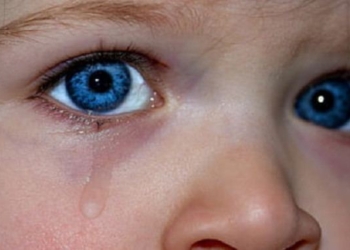Nevi or moles are skin growths that usually do not pose a harm to the body. Treatment is not always recommended for the removal of moles. They appear due to exposure to the sun and become dysplastic or atypical moles. While usually harmless, mole removal treatment should be used if there are chances of skin cancer or due to aesthetic reasons.
Moles in common view may not be attractive and in some cases, might be a deterrent to everyday life. Experienced dermatologists can suggest techniques and treatments that can help in the safe removal of moles. They would also be able to successfully identify the nature of a dangerous or cancerous mole and aid in the removal or extraction.
Which methods can be used to remove moles?
Freezing:
Non-cancerous moles that have not grown too deeply into the layers of the skin can be removed through a technique known as freezing. These skin moles are frozen off with the help of liquid nitrogen. This treatment may leave a small lesion or blister that may take time to subside.
This is an outpatient treatment offered by many experienced dermatologists and does not require hospitalization. Post-procedure care needs to be done vigilantly to ensure no bacteria or infection is arising from the blister.
Laser Removal Treatment:
Non-cancerous moles that are embedded in the skin and do not protrude upwards out of the surface can be removed with the help of concentrated beams of light energy. Intense light radiation helps break down the mole skin cells. It usually takes two or three sessions to get rid of the moles.
Laser removal treatment is perfect for moles in hard to reach places like the face and neck regions. This procedure is also helpful in removing multiple moles on the body. Like freezing, this is also an outpatient treatment and does not require hospitalization.
Excision or Cutting:
In this type of mole removal technique, the dermatologist administers a local anesthetic to the area that houses the mole. Once the anesthesia spreads into the surrounding area and numbs the skin, the doctor uses surgical scissors or a scalpel and cuts along the edges of the mole going inwards until the mole is completely excised.
Excision or cutting is also an outpatient treatment and does not require hospitalization. It does, however, need aftercare if the mole is deep and stitches are needed post the extraction.
Shave treatment:
Like the excision and cutting treatment, the dermatologist uses a surgical scalpel to shave parts of the mole from the skin slowly. A local anesthetic is administered, and then the procedure commences. Once the area is numbed, it is practically painless.
Usually, after the shaving treatment, only a small pink mark is left in the place of the mole. This process may take between 30 mins to an hour and does not require hospitalization.
Can moles be removed at home?
Yes, moles can be removed at home, but it is always best to consult a doctor before trying any home remedies to ascertain the nature of the mole. The dermatologist will be able to assist you in identifying whether it is a cancerous growth or a regular skin mole.
Home remedies to remove moles may not be as hygienic as a surgical procedure. Doctors will be able to recommend the best cosmetic treatment for safe mole removal.
Do moles return after treatment?
There have been instances when moles have returned after surgical and home treatments. There might have been some skin cells that were left behind during the procedure that has caused the reoccurrence of the mole in the same place.
In the case of cancerous and irregular moles, it is advised to continue all follow-up schedules with the doctor every quarter to ensure there is no danger to your health.
How to prevent moles?
You cannot prevent moles 100%. It is, however, possible to care for your skin better to avoid the recurrence. You are advised to wear sunscreen (minimum SPF 30) before leaving the house, wear protective clothing, and eat hydrating foods to help your skin remain humid and moist even in extreme weather. Making this lifestyle change can help reduce the chances of moles from returning.
Monthly check-ups with the dermatologist can also help in the identification of cancerous or irregular moles so that you can get the correct treatment.
It is necessary to check with the doctor before trying to remove any moles from the body so that you remain safe from harm and skin issues in the future.













